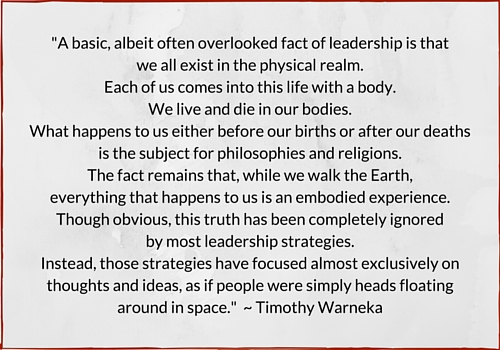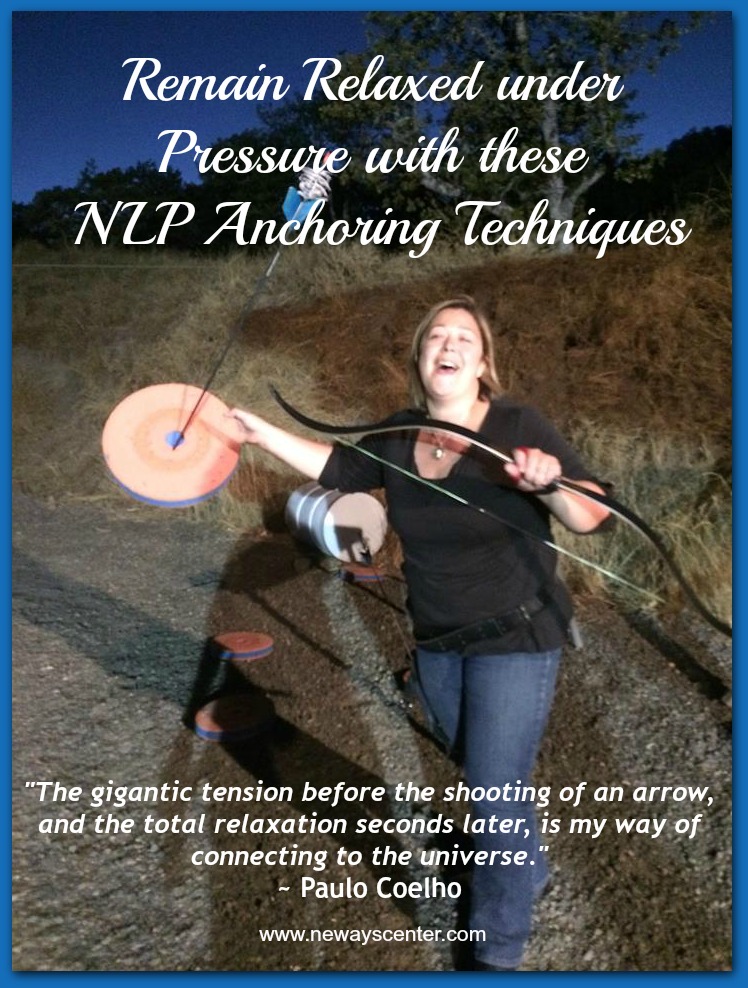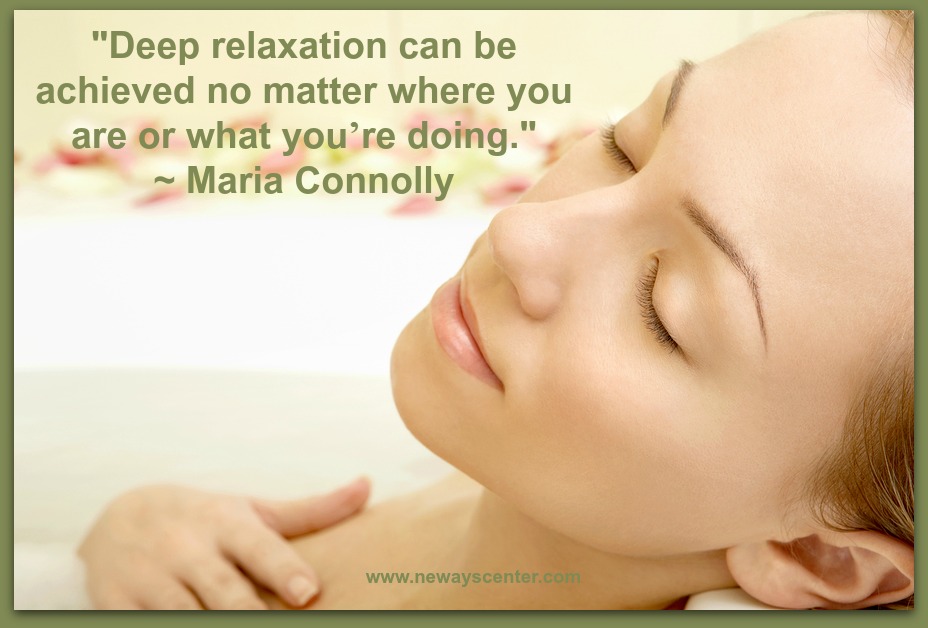Finding Your True Self – The Key to Embodied Leadership
 “Behind your thoughts and feelings, my brother, there stands a mighty commander, an unknown wise man— he is called Self. He lives in your body, he is your body. There is more reason in your body than in your best wisdom.” ~ Friedrich Nietzsche
“Behind your thoughts and feelings, my brother, there stands a mighty commander, an unknown wise man— he is called Self. He lives in your body, he is your body. There is more reason in your body than in your best wisdom.” ~ Friedrich Nietzsche
Has there been an opportunity in your life where you know you should step up and take the lead? But you find yourself thinking, “That’s not me. I could never be a good leader.” If you’ve thought this, it may be time you invested some effort into finding your true self.
Now usually when people think of being true to themselves, they’re thinking of what comes easily to them, what is comfortable to them, what’s familiar, what they’re used to doing and being. That’s not what I’m referring to when I say finding your true self.
The truth is who you are today isn’t who you were last year, nor does it have to be who you will become tomorrow. Much of who you are – your strengths, weaknesses, desires, and ambitions – may be attributed to genetics and the surroundings you grew up in. Yet you don’t have to be bound by the whole nature-versus-nurture debate. Because beyond those factors, is the empowering truth that you have the greatest gift of choice. You can choose to become whoever you want to be.
So it would be a mistake to limit yourself by self-imposed boundaries. Being your authentic self means embracing what and who you are now AND actively unlocking the full potential of what and who you can dynamically become through mindful, personal growth. And not just doing this as a brain exercise but with a somatic approach, as you create a greater awareness of how your thoughts guide your body to act and respond. This awareness allows you to be present in the reality of now, but also unlocks the potential for choosing a better, more fully developed way to be.
Finding your true self is on ongoing process. We shape ourselves through the self-narrative process – the stories we tell ourselves and others.
To illustrate this simply…
If you tell yourself you’re fearful, you’ll tense your muscles, your vocal cords will tighten, and your teeth will clench. And no matter how hard you try to hide it, it still shows. However, if you tell yourself you’re safe, you relax. People around you can sense what’s going on within your inner self, your authentic self.
We’ve all seen leaders who have people eating out of their hands. How do they do that? Well, charismatic leaders have mastered a way to manipulate the emotions without delivering genuine substance. That’s a here today, gone tomorrow approach.
Embodied leaders, on the other hand, have the heart to connect with people on their level, building rapport and trust as they deliver value and substance. Their whole demeanor – their facial expressions, their words, the tone of voice, their body language – exudes confidence, helpfulness, and trustworthiness. Yet did you realize they are also feeling the fear and anxiety that you do? That’s part of the human experience.
Embodied leaders have learned that being your authentic self means being aware of these conflicting emotions and owning them, balancing them, resolving them, as you choose the ones that serve you in any particular situation. That choice leads you to acknowledging those feelings to the group and then consciously using your body to reveal feelings that your audience needs to see. Yes, you are fearful. But you chose courage and determination to be your dominant attitude. So through employing somatic techniques your body relaxes, opens up and connects with them.
Creating an authentically, embodied leadership through finding your true self involves primarily three things:
- Being vulnerable enough to expose your real self without fear of rejection, knowing that expressing vulnerability fully engages with and establishes trust.
- Being present without blame and relating to others as you inquire of their feelings, values, and strengths, thereby seeing the best in them, that their motives and desires are good.
- Being strong enough to stand up for your values, while making executive choices, putting personal preferences aside, so as to benefit the group as a whole.
If you’re still saying, “That’s not me”, but deep down you’re saying, “I wish it was me”, then never stop searching for how you can expand, refine and dig deeper into your potential. Try out new ways of being as you continue finding your true self. You don’t have to make this journey alone. I would love to work with you. Contact me and we can work in-person if you can commute to Ashland, Oregon. Or we can work together via Skype. Nothing is unattainable for you, when you try.





